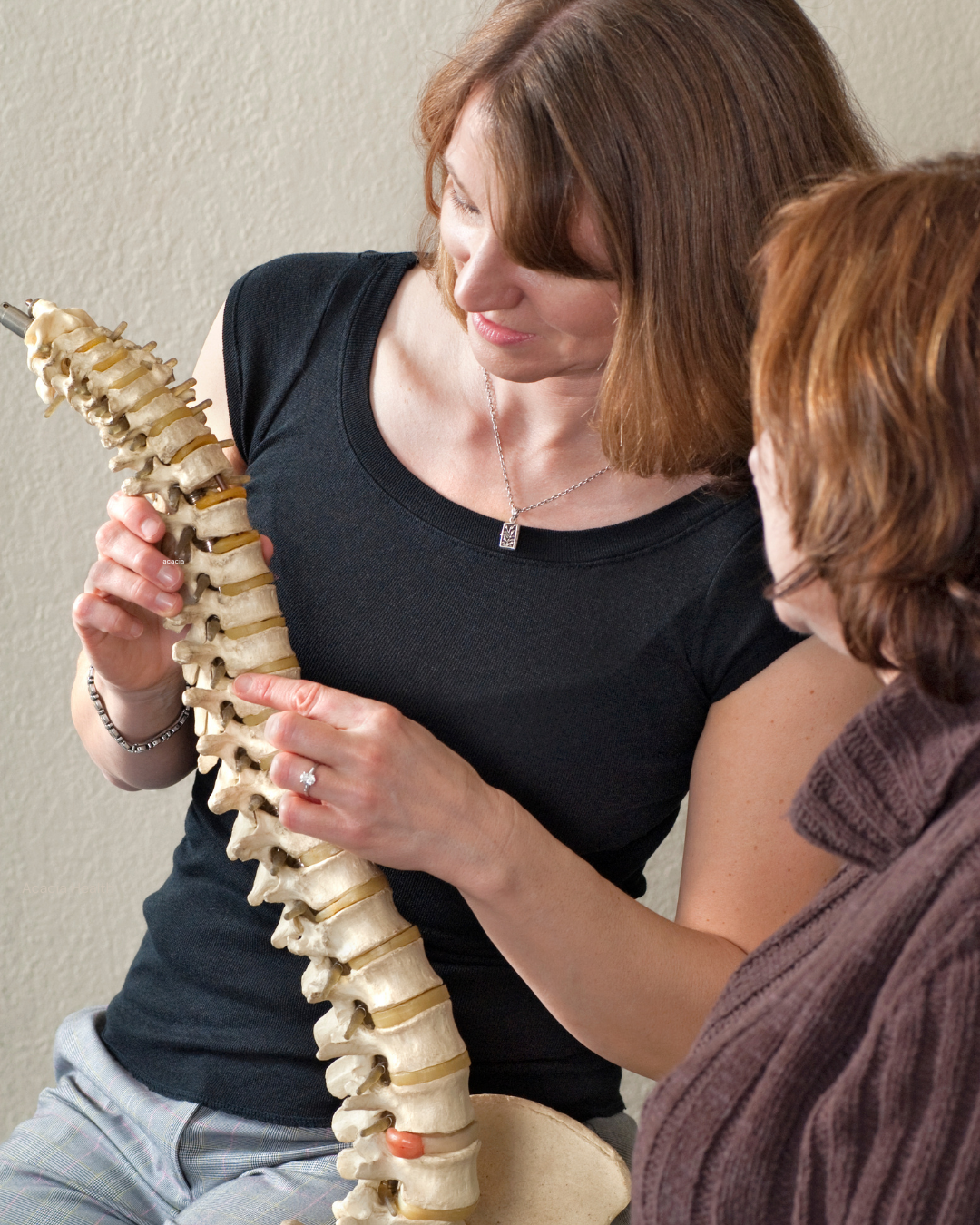What Actually Happens During a Chiropractic Treatment?
When someone comes to see me for chiropractic care, one of the most common questions I hear is: “What exactly is happening when you adjust my spine or joints?”
Chiropractic care actually involves a range of techniques and tools aimed at helping with musculoskeletal pain. Depending on what you need, this can include soft tissue work, tailored exercises, correcting movement patterns, joint mobilization, and yes — joint manipulation; AKA the adjustment (a chiropractor’s most recognizable tool).
But why do joints even get restricted or painful in the first place? And how can mobilization or manipulation make such a difference? That’s where it gets interesting. These tools can help reduce pain, release muscle tension, and restore better range of motion — making it easier for your body to move the way it’s meant to.
What a Chiropractic Adjustment Really Does
When I perform an adjustment, I’m applying a safe, controlled force to a joint that isn’t moving as well as it could.
Here’s what we know from research:
- Joint mechanics improve. Adjustments help restore normal motion in the spine or other joints. Imaging studies have shown that facet joints in the spine actually gap and move differently right after an adjustment¹.
- Nervous system responses. Adjustments don’t just affect bones and joints — they also influence the way your nervous system processes signals. Manipulation stimulates joint receptors, which can change how the brain interprets pain and body position².
- Muscle and soft tissue effects. When a joint moves more freely, the muscles and ligaments around it don’t have to work as hard to protect or compensate. This can reduce tension and promote better balance in how your body moves.

Busting the “Bones Out of Place” Myth
A common misconception is that something is “out of place” and I’m putting it back in. In reality, your joints are very stable — they’re not sliding in and out of place during daily life.
What’s more accurate is that the range of motion of certain joints can become limited or stiff. This is most often caused by tight, overactive muscles, poor movement patterns, or neurological responses attempting to protect the joint from pain.
Adjustments help restore that movement. Think of it less like snapping Lego blocks apart and more like oiling a hinge that’s become squeaky and stiff.

Why People Feel Relief After an Adjustment
So why do many people feel immediate relief or a sense of ease after chiropractic care? A few reasons:
- Restoring joint movement reduces local irritation¹.
- The nervous system “down-regulates” pain signals³.
- Muscles can relax and coordinate more efficiently².
- The brain often perceives movement as a positive, safe input, which can reduce overall pain sensitivity³.
It’s not about “cracking bones back into place.” It’s about improving how your joints, muscles, and nervous system work together.
The Evidence Base
Research supports joint manipulation and manual therapy as a safe and effective option for conditions like:
- Lower back pain⁴
- Neck pain
- Shoulder and upper back pain7
- Jaw pain (temporomandibular disorders, TMD/TMJ)6
- Certain types of headaches⁵
It’s not a cure-all, but it’s a valuable tool that, when combined with exercise, education, and lifestyle strategies, can help people move and feel better.
My Approach at Acacia
When I work with patients, I don’t just look at the painful area. I consider posture, movement patterns, lifestyle, and goals. An adjustment is often just one part of a treatment plan that may also include exercise, soft tissue work, or advice on how to move and sit more comfortably during your day.
Final Thoughts
If you’ve ever wondered “what actually happens when I get adjusted?”—the answer is: adjustments help your joints move better, your muscles work more efficiently, and your nervous system processes signals in a healthier way.
For many people, that adds up to less pain, better function, and the freedom to get back to the things they love.
- Cramer GD, et al. (2002). Effects of side-posture positioning and spinal adjusting on the lumbar zygapophysial joints as evaluated by magnetic resonance imaging: a before and after study with randomization. JMPT, 25(7): 437–448.
- Pickar JG, Kang YM. (2006). Biomechanical and neurophysiological responses to spinal manipulation. The Spine Journal, 6(3): 277–290.
- Bialosky JE, et al. (2009). Spinal manipulative therapy-specific changes in pain sensitivity in individuals with low back pain. Journal of Pain, 10(9): 886–892.
- Paige NM, et al. (2017). Association of Spinal Manipulative Therapy With Clinical Benefit and Harm for Acute Low Back Pain: Systematic Review and Meta-analysis. JAMA, 317(14): 1451–1460.
- Bryans R, et al. (2011). Evidence-based guidelines for the chiropractic treatment of adults with headache. JMPT, 34(5): 274–289.
- Alowaimer HA, Al Shutwi SS, Alsaegh MK, Alruwaili OM, Alrashed AR, AlQahtani SH, Batais MS. Comparative Efficacy of Non-Invasive Therapies in Temporomandibular Joint Dysfunction: A Systematic Review. Cureus. 2024 Mar 22;16(3):e56713. doi: 10.7759/cureus.56713. PMID: 38646388; PMCID: PMC11032691.
- Haik MN, Alburquerque-Sendín F, Silva CZ, Siqueira-Junior AL, Ribeiro IL, Camargo PR. Scapular kinematics pre- and post-thoracic thrust manipulation in individuals with and without shoulder impingement symptoms: a randomized controlled study. J Orthop Sports Phys Ther. 2014 Jul;44(7):475-87. doi: 10.2519/jospt.2014.4760. Epub 2014 May 22. PMID: 24853923.




